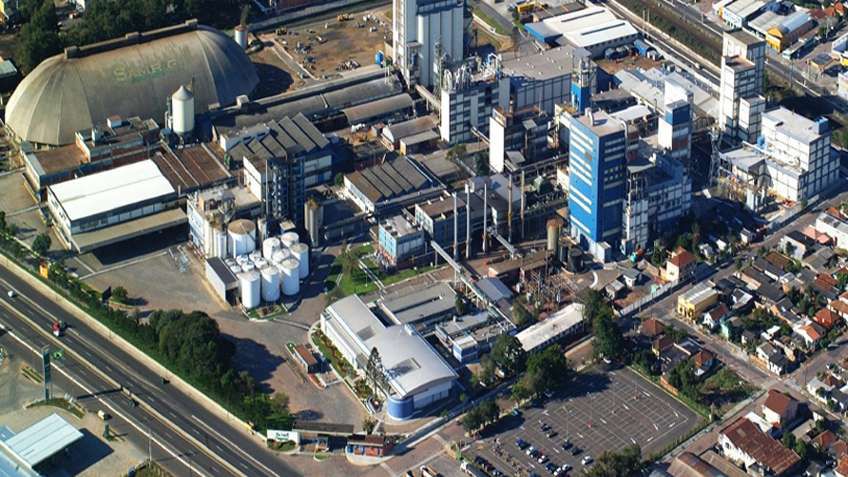The system was implemented in 110V AC, but it was prepared for a future migration to 24V DC, with interface relays. “There were more than 2,000 process control points to be migrated, within a maximum of three weeks, during which the old points would have to be disconnected, the new ones connected, commissioned and tested," Barros said.
“Even with a plant shutdown, we knew there would be a lot of other maintenance, engineering and operation activities taking place in parallel - a lot of people working on different fronts,” he said.
“Even so, we were able to assemble and commission the system in two weeks, which gave us a week to put the operator face to face with the new system, simulating the process with water,” Barros said
Critical Item: Choosing a Partner
Even as a global supplier to DuPont, the proposal and structure from Rockwell Automation was evaluated side by side with those other vendors due to the complexity and budget constraints of the project. Barros said Rockwell Automation was selected because:
- The PlantPAx DCS system brings together unique features that distinguish it in the market, emphasizing virtualization technology with templates already delivered by the manufacturer, system scalability tools before they are even in operation, scalability, integration flexibility with other systems, remote access and easy and fast deployment
- Alignment of the project with the plant shutdown schedule
- Alignment with DuPont's medium- and long-term automation strategy
- A wide range of services
- Robustness of hardware and software and modularity of the distributed system
- Local support and engineering structure
- Wide network of local integrators
Tests and Adjustments
“We have our own simulator, developed internally by DuPont, in which we performed the PAT - Plant Acceptance Test - at the Rockwell Automation plant in Jundiaí, São Paulo. We took the simulator, connected to the DCS controller, performed the interlock, logic, control loop and screen tests, and then used this same simulator to train our operators.”
“This simulator has the ability to reproduce various process conditions, including unexpected ones, “Barros said. “The operators interacted with the screen as if they were in the process. And the operator’s feedback during the operation of the new system in the simulator allowed us to adjust the system before the startup, something that gave us valuable time ahead.”
Results
“Initially, the replacement would eliminate the risks of obsolescence, but we already saw other benefits beyond the operational stability guaranteed by the modernization, including several gains that even I had not expected," Barros said.

